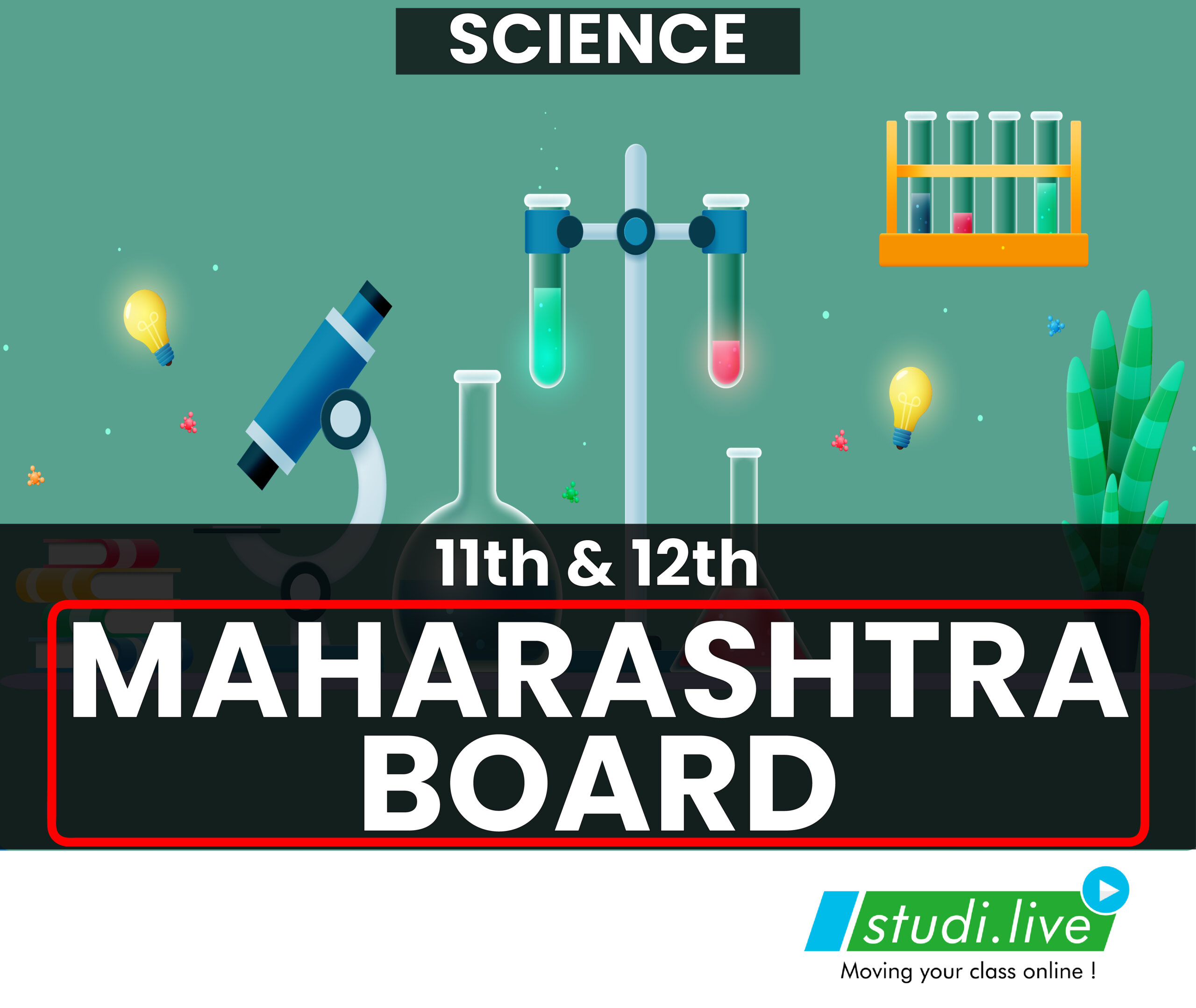We are here with complete information about the exams, eligibility criteria, selection process, roles and responsibilities and syllabus.
Indian police service (IPS) exam is one of the three All India Services of the government of India. It was formed in year 1948. The exam conducting authority for this exam is the ministry of Home affairs.
This exam is a part of civil service exam which is conducted by UPSC every year.
Responsibility of IPS officer:
-
Safeguarding public
-
They serve for state as well as center. Their primary duty includes maintaining peace among public.
-
IPS gives more importance to law and order. At the district level, it is maintained by both IPS and IAS officers.
-
Detecting and preventing crimes, traffic control, preventing drug, accident prevention and management etc. Are the major duties of an IPS officer?
-
Their main role is to lead and command the India intelligence agencies like RAW, CBI, CID, IB etc.
Branches in IPS:
IPS service is decided into four departments such as crime branch, criminal investigation, home guards and traffic bureau.
IPS exam highlights:
IPS selection with will be made through civil service exam conducted by UPSC with more than 20 services. The application process for 20 exams are common. Approx 8 lakhs students apply for IPS exam every year.
Selection process includes preliminary exams, mains and interview round.
-
Exam type:
- pen and paper based (offline)
- No. Of vacancies every year- approximately 800
-
Eligibility criteria:
-
Physical criteria:
- Minimum height: men-165cm female-150 cm
- Relaxable minimum height is 160 cm (men) and 145 cm (women) for people belonging to ST and races such as Gorkhaa, Garhwalias, Assamese, Kumaonis, Nagaland tribes etc.
-
Physical criteria:
- Minimum height: men-165cm female-150 cm
- Relaxable minimum height is 160 cm (men) and 145 cm (women) for people belonging to ST and races such as Gorkhaa, Garhwalias, Assamese, Kumaonis, Nagaland tribes etc.
- Minimum chest girth:
- Men- 84 cm
- Women-79 cm
- Myopia (including cylinder) should not exceed minus 4.00D
- Hyper myopia (including cylinder) should not exceed more than plus 4.00D
- Spectacles are allowed
- The presence of squint is not allowed
- Distant vision for better eye (correct vision) should be 6/6 or 6/9
- Distant vision for worse eye (uncorrected vision) should be 6/12 or 6/9
- Near vision should be J1 and J2 respectively
- High grade color vision and binocular vision is needed
-
Nationality:
- Citizen of india
- Subject of Nepal
- subject of Bhutan
- A Tibetan refugee who came India before January 1, 1962 for permanent settlement in India.
- Migrant from any of the countries for the permanent settlement in India:
- Pakistan, Burma, srilanka, East African countries of Kenya, Uganda, the United republic of Tanzania, Zambia, Malawi, Zaire, Ethiopia and Vietnam.
-
Educational qualification:
A candidate must hold a bachelor degree from any recognised university.
-
Age limit:
- Minimum age- 21 years
- Maximum age- 32 years
-
Relaxable age limit is as follows:
- Up to max. 5 years for SC/ST candidates.
- Up to max. 3 years for OBC candidates.
- Up to max. 5 years for a candidate from the State of Jammu & Kashmir
- Up to max. 5 years for Defense Services personnel Up to max. 5 years for Ex-servicemen including Commissioned officers and ECOs/SSCOs who have rendered at least 5 years Military Service and have been released.
- Up to max. 5 years for ECOs/SSCOs who have completed an initial period of assignment of 5 years of Military Service.
- Up to max. 10 years for Blind, deaf-mute and Orthopedically handicapped persons
Preliminary Exam Syllabus
-
Syllabus of Paper I (200 marks) Duration: 2 hours
- Current events of national and international importance
- History of India and Indian
- National Movement Indian and World
- Geography – Physical, Social, Economic Geography of India and the World
- Indian Polity and Governance – Constitution, Political System, Panchayati Raj, Public Policy, Rights Issues, etc
- Economic and Social Development – Sustainable Development, Poverty, Inclusion, Demographics, Social Sector initiatives, etc
- General issues on Environmental Ecology, Bio-diversity and Climate Change – that do not require subject specialization
-
General Science Syllabus for Paper II-(200 marks) Duration: 2 hours
- Comprehension
- Interpersonal skills including communication skills;
- Logical reasoning and analytical ability
- Decision-making and problem solving
- General mental ability
- Basic numeracy (numbers and their relations, orders of magnitude, etc.) (Class X level), Data interpretation (charts, graphs, tables, data sufficiency etc. – Class X level)
Main Exam Syllabus
-
Paper I - Modern Indian language - 300 Marks
-
Paper II - English - 300 marks
-
Paper III - Essay - 250 Marks
-
Paper IV - General Studies - I250 Marks
-
Paper V - General Studies II - 250 Marks
-
Paper VI - General Studies III - 250 Marks
-
Paper VII - General Studies IV - 250 Marks
-
Paper VIII - Optional Subject - Paper I - 250 Marks
-
Paper XI - Optional Subject - Paper II -250 Marks
-
Interview/Personality Test - 275 Marks
Students can give preference of the language in which they may like to be interviewed. UPSC will also make arrangements for the translators.
Students can also check details about other courses by clicking on the link below:
Studi.live is here to help students with the following services:
- Best teachers
- Adaptive teaching
- Safe and convent
- Live and interactive lectures
- Reference books
- HD videos on light board
- Assignments
- Quick revision
- Solved numerical
- Unlimited practice test
- All India mock test
- Games based on Academics







